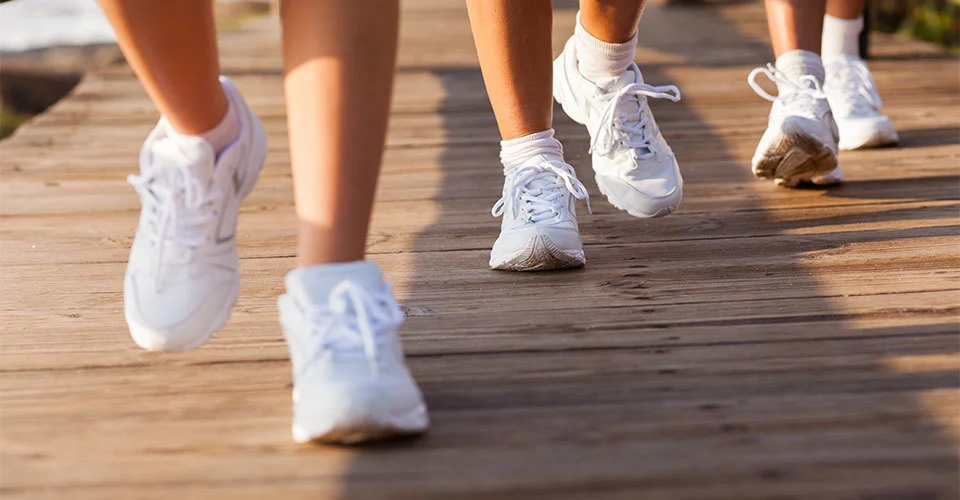Certain lacing techniques for shoes can prevent injuries, alleviate pain and relieve foot problems. If you have specific foot problems, follow these lacing techniques to get a good fit with your shoe:
Narrow Feet
Use the eyelets farthest from the tongue of the shoes. This will bring up the side of the shoe.
Narrow Heel and Wide Forefoot
Use two laces. Thread through the top half of the eyelets and the other lace through the bottom half of the eyelets. The lace closest to the heel (top eyelets) should be tied more tightly than the other lace closest to the toes (bottom eyelets).
Wide Feet
Use the eyelets closest to the tongue of the shoe. This technique gives the foot more space.
Heel Problems
Use every eyelet, making sure that the area closest to the heel is tied tightly while less tension is used near the toes. When you have reached the next-to-last eyelet on each side, thread the lace through the top eyelet, making a small loop. Then, thread the opposite lace through each loop before tying it.
We are always here to help. whether be it in the correct shoe lacing techniques or in finding the correct footwear! Head over to our book online page to see our real time availabe schedules!



